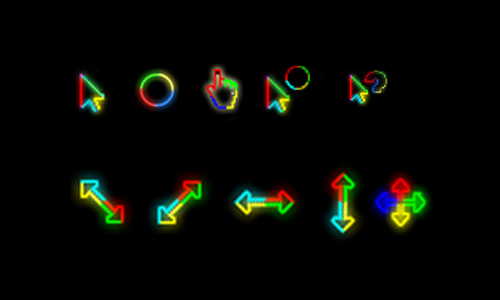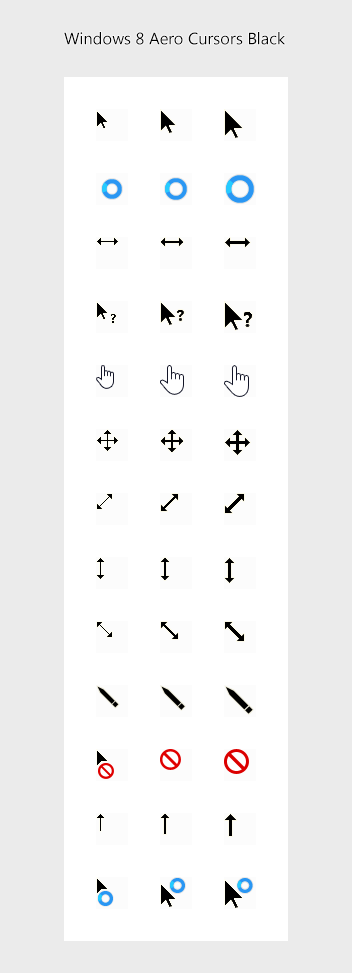

This is important because while it often fades into the background, the cursor is a fundamental part of how we interact with most PCs. In such instances, you can change your cursor to a custom one or simply change your cursor size in Windows 10 settings. Quite often, it can be too small on high-resolution displays or fit poorly with your system theme. The Windows 10 cursor is more or less iconic at this point, but it's not without its flaws. 3 How to Get a Custom Cursor in Windows 10 via a Cursor Library.2 How to Change the Mouse Pointer Look in Control Panel.1 How to Change Cursor Size and Colour in Settings.Windows 10 is very impressive for this and is one of the reasons we only plan on supporting high resolutions for our LabVIEW applications under Windows 10. There's a seamless transition between modern applications and those which the OS is treating as legacy, no fiddling of mouse settings are required. Shenanigans I tell you.Īs for DPI, Windows handles that quite elegantly. Somehow there's an auto-magical cursor scaling in the image that doesn't appear on screen. Take for example this screenshot of the same bit of code taken via the Windows Step Recorder: However there's something special about the mouse cursor- while the rest of the interface is scaled by the OS as expected, the custom LabVIEW cursors are not thus adversely affecting usability. At 200% my display isn't blurry, it's just more pixelated, but a fractional scale of 150% or the like will produce those effects which I wouldn't classify as a defect. I'm fine with the blurriness that can result from the OS scaling the native display, that's expected when there's not an integer multiplier mapping between the scales.

It broadly falls under the same issue, but this is a bit more specific. I'll preemptively say NG isn't an option, there are reasons I'm still working in LabVIEW 2017. Which happens a lot. But I am worried about complaints that may creep up from users of our applications because the non-system cursors on front panels are similarly unscaled. I can work around this by having the OS to flash the cursor position when I lose it. Also why I'm posting an image of my screen (don't tell anyone). To add insult to injury, when I capture a screenshot with the cursor it miraculously scales in the image, so I'm thinking this is something LabVIEW is doing with it's cursors that prevent the OS from resizing them (the rest of the IDE scales beautifully with the build in Windows scaling). That cross on the diagram is smaller than one of the tunnels. The non-system cursors LabVIEW use are too small- they don't scale like the rest of the user interface on Windows 10, inclusive of the system provided cursors: Now that I routinely work on 4k displays, the legacy IDE and applications created from it are becoming a bit hard to use. TL DR: Is there a way to fix the small cursors in LabVIEW on Windows 10 while working with desktops scaled beyond 100%?


 0 kommentar(er)
0 kommentar(er)
